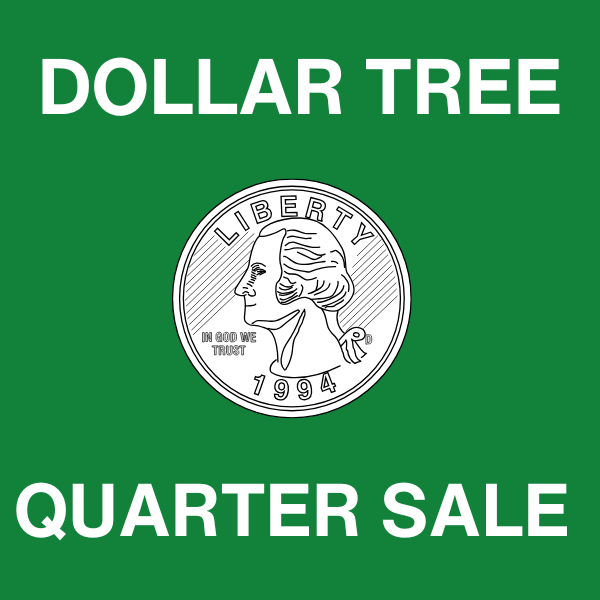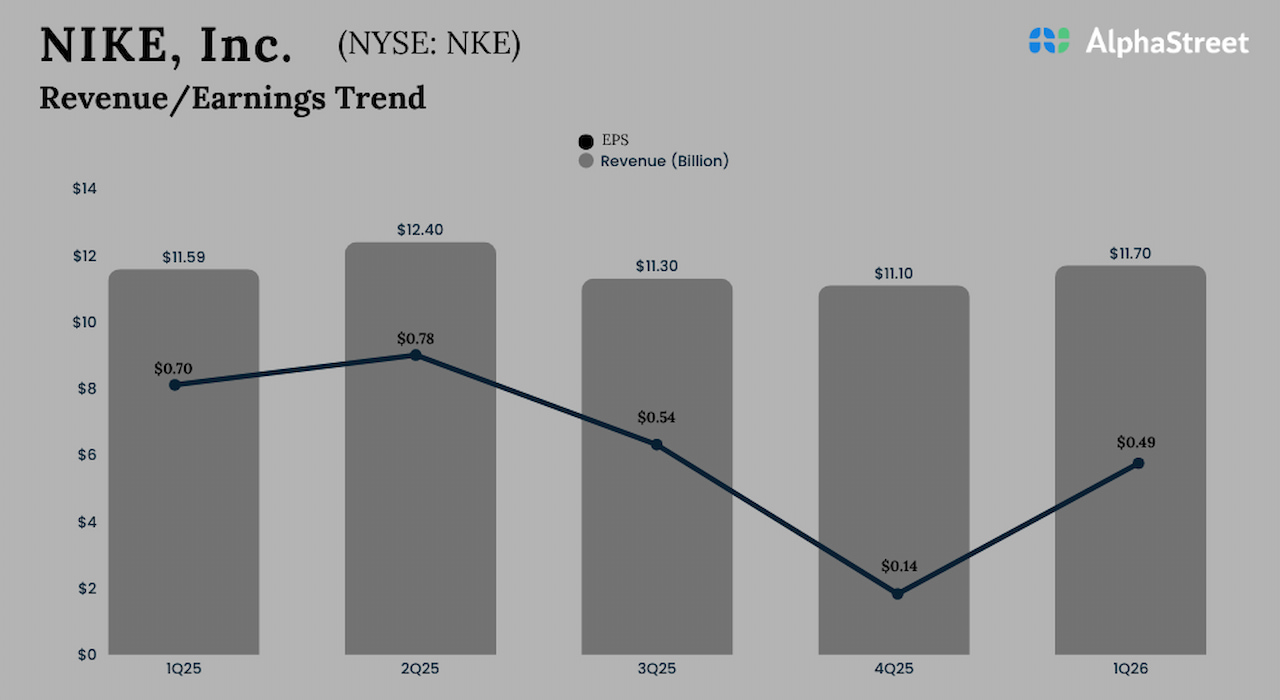A commenter recently asked me about my criticism of Fed policy during 2021. During that year, I was not particularly critical of Fed policy. So is it fair for me to now suggest that Fed policy was too expansionary during 2021? The answer is yes, but clearly that requires some explanation.
When the Fed announced its new policy of flexible average inflation targeting (FAIT) back in August 2020, I saw the policy as an improvement over the previous “let bygones be bygones” approach to inflation targeting. I still believe that to be the case. It would have been an improvement, and indeed (as St. Louis Fed President Jim Bullard once suggested) this sort of policy would be close to NGDP level targeting.
But the Fed never implemented FAIT. Even worse, in 2021 they knew that they had no intention of implementing FAIT, at least as most people understand the term. I mistakenly assumed that the Fed intended to keep the average inflation rate close to 2%, by offsetting near-term inflation overshoots with longer run periods of below 2% inflation. I assumed they intended inflation to average roughly 2% during the 2020s.
But that’s not the way the Fed looked at things. The Fed only intended to make up for inflation undershoots, not overshoots. This asymmetric policy led to the wildly overly expansionary monetary policy of 2021-22.
Can the Fed’s mistake be excused by the “flexible” part of FAIT? No. The Fed might argue that the flexible aspect of the policy allows them to refrain from offsetting supply side driven inflation. But the rapid growth in NGDP (to a position well above trend) makes it clear that supply shocks were not the primary problem—the Fed allowed far too rapid growth in aggregate demand. If there are not even willing to offset demand overshoots, then “average” inflation targeting means nothing.
Economists like Bob Hetzel and Tim Congdon correctly saw that the Fed had no intention of giving up discretion, and was engaged in an overly expansionary monetary policy. I naively assumed that they were sincere about targeting the average inflation rate.
You might wonder if it is important to determine why I was wrong about Fed policy. The point is not to allocate reputation points—I lose points there regardless of why I was wrong. The point is to learn from mistakes and improve policy going forward. Thus suppose the Fed had adopted the policy I favored, and then things turned out poorly. In that case, I might want to begin advocating a different approach to monetary policy. But that’s not what happened here. The Fed refused to adopt average inflation targeting, and it made a serious policy error precisely because it failed to do average inflation targeting. The events of 2021-22 make me even more firmly convinced that FAIT would be a big improvement over discretionary inflation targeting. It’s a pity it was never tried. (NGDP level targeting would be still better.)
People often ask me whether I favor higher or lower interest rates. I’m not in the business of guessing where interest rates should be, and prefer that rates be set by the market. Unfortunately, the Fed has decided to use short-term interest rates as an instrument of monetary policy. In that case, the Fed uses rate cuts as a signal of expansionary intent, and rate increases as a signal of contractionary intent. In that environment, I might occasionally suggest a rate change when policy is obviously off course. But I don’t have any overall view on where interest rates should be. I’m in the business of offering advice on monetary regimes, not interest rate setting.
If the Fed has a proper monetary regime in place (as I wrongly assumed they had in 2021), then you probably won’t find me criticizing the Fed’s interest rate setting. In the case of 2021, my fundamental error was not in misjudging where interest rates should be, it was in assuming that the Fed was targeting the average inflation rate. For that reason, “Monday morning quarterbacking” on my part is entirely appropriate. The Fed should have done better. Under an actual policy of flexible average inflation targeting, the big inflation overshoot of 2022 would never had occurred, as markets would have preemptively pushed up long-term interest rates in 2021.
As an analogy, consider two types of errors that a ship captain might make. First, they might set the steering wheel at a position that leads the ship to miss its target port–say New York. Second, the captain might be secretly steering the ship toward Boston when they were supposed to be aiming for New York. In 2021, the Fed made the latter error. It wasn’t so much that they set rates at the wrong level to achieve 2% inflation during the 2020s, the deeper problem is that they abandoned the commitment for inflation to average 2% during the 2020s.
I’m in the business of suggesting the proper port to aim for, not second guessing how the captain should handle the steering wheel.






































